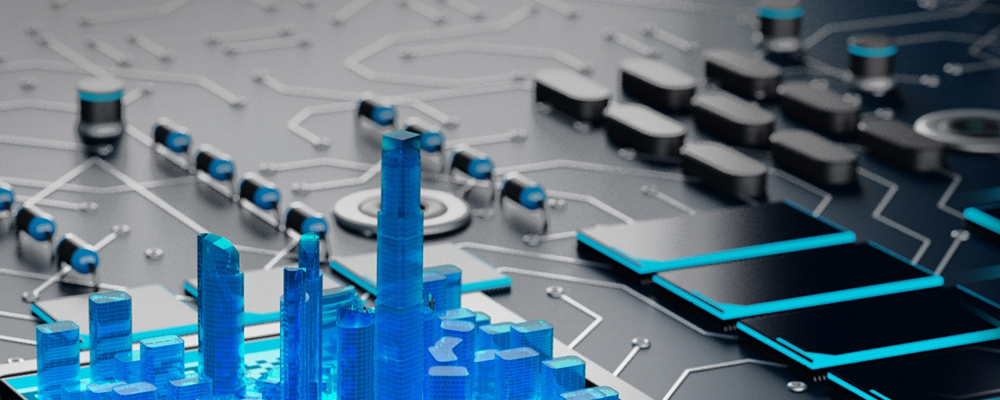
The evaporation material is directly heated by electron beam under vacuum condition, and the evaporated material is vaporized and transported to the substrate, and the thin film is formed on the substrate. In high vacuum, the lampwire of the electron gun emits hot electrons after heating, which is accelerated by the accelerated anode to obtain a large amount of kinetic energy bombarded on the evaporated material, which converts the kinetic energy into heat and vaporizes the evaporated material, and realizes the electron beam evaporation coating. The electron beam evaporation source consists of a hot cathode that emits electrons, an electron accelerating electrode and a coating material as an anode. The energy of electron beam evaporation source can be highly concentrated, so that the coating material can reach high temperature and evaporate locally. By adjusting the power of electron beam, the evaporation rate of coating materials can be easily controlled, especially for high melting point and high purity metal and compound materials.
Compared with the traditional resistance heating method, Electron beam heating will produce higher flux density, which is better for the evaporation of materials with high melting point, and can also improve the evaporation rate to a certain extent.
The evaporating coating machine will put the raw materials that need to be evaporated into the water-cooled copper crucible when working to avoid pollution and to get film with high purity.
The kinetic energy of particles evaporated by electron beam is relatively high, which i to the precision and adhesion of the films.
Metal (Al, Nb, Ge, etc.), dielectric, oxide (Ta2O5, Al2O3, etc.). High melting point material films and high purity thin films can be prepared.
